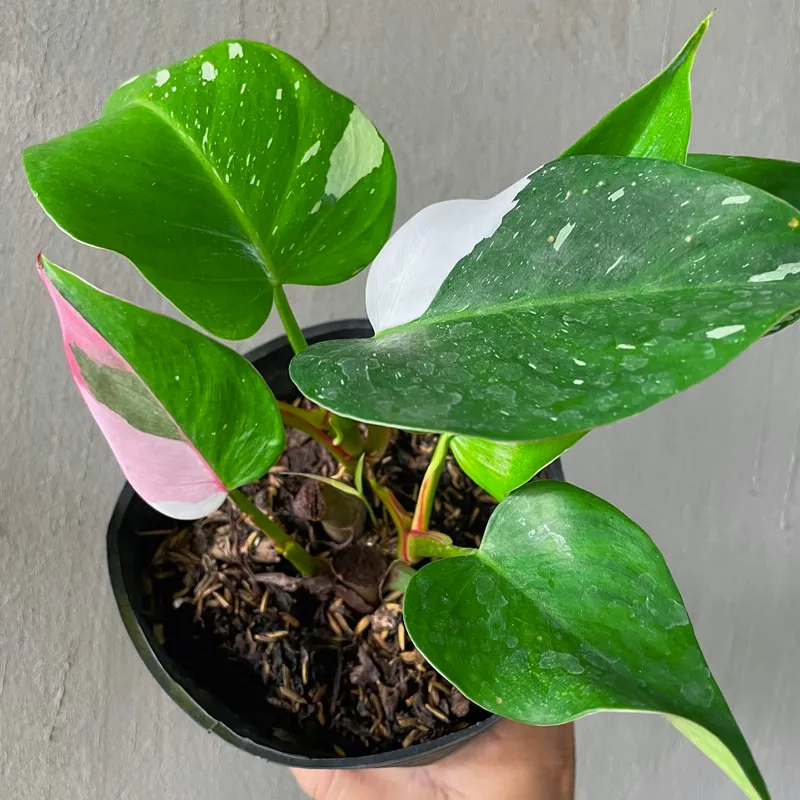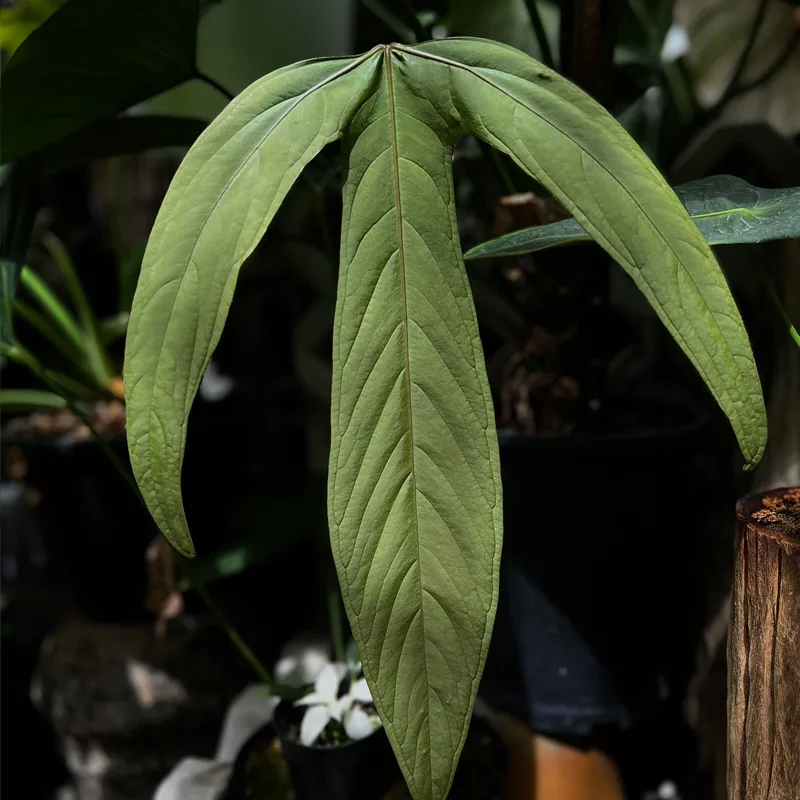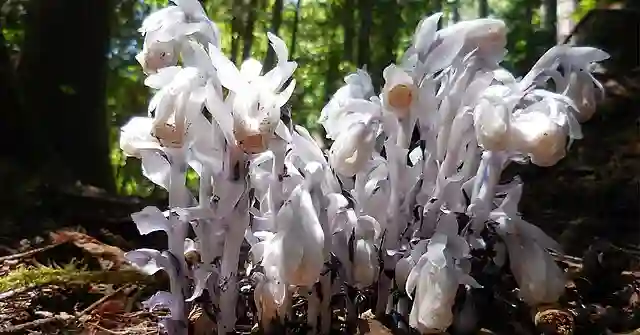Exploring the Violaceae Family: A Personal Journey Through the World of Violets
As an avid plant enthusiast, I’ve always been fascinated by the diverse and beautiful family of plants known as Violaceae, commonly known as the violet family. This family comprises around 700 species spread across various genera. Over the years, my journey with these plants has led me to appreciate their beauty, diversity, and ecological significance. In this article, I’ll share my insights on the Violaceae family, its key genera, and why these plants have captured my heart.
The Unique Characteristics of the Violaceae Family
The Violaceae family is primarily known for its herbaceous plants, including both annuals and perennials. One of the most notable characteristics of this family is its irregular flower structure, which usually consists of five petals. The petals can be quite diverse in shape and color, making them visually appealing. I’ve spent countless hours admiring the various shades of purple, blue, yellow, and white that these flowers offer.
Violets, the most recognized members of the Violaceae family, are often associated with love and tranquility. In my garden, I have several violet species, each with unique blooms that attract a variety of pollinators, including bees and butterflies. This aspect of their ecology not only adds beauty to my space but also supports local biodiversity.
Genera of the Violaceae Family
- Viola: The most prominent genus in the Violaceae family is Viola, which includes the familiar garden violet. I remember the first time I planted violets in my garden; their vibrant flowers instantly brightened my landscape. Viola species are known for their heart-shaped leaves and charming blooms. Some popular species include Viola tricolor (Johnny Jump-Up) and Viola odorata (sweet violet), both of which have found a special place in my heart. – 853 Species in Genus Viola
- Hybanthus: Another interesting genus within the Violaceae family is Hybanthus. This lesser-known group includes a range of shrubs and small trees. While I haven’t cultivated Hybanthus species myself, I’ve come across them in local botanical gardens. Their delicate flowers and unique foliage often draw the attention of plant lovers like me.
- Melicytus: Melicytus is another genus in the Violaceae family that deserves attention. Primarily found in New Zealand and Australia, this genus comprises small trees and shrubs. The first time I encountered a Melicytus plant was during my travels to New Zealand, where I was struck by its stunning blossoms. These plants thrive in various habitats, from coastal regions to mountainous areas.
- Agatea A.Gray
- Allexis Pierre
- Amphirrhox Spreng.
- Anchietea A.St.-Hil.
- Bribria Wahlert & H.E.Ballard
- Calyptrion Ging.
- Cubelium Raf. ex Britton & A.Br.
- Decorsella A.Chev.
- Fusispermum Cuatrec.
- Hybanthopsis Paula-Souza
- Isodendrion A.Gray
- Ixchelia H.E.Ballard & Wahlert
- Leonia Ruiz & Pav.
- Noisettia Kunth
- Orthion Standl. & Steyerm.
- Paypayrola Aubl.
- Pigea Ging.
- Pombalia Vand.
- Rinorea Aubl.
- Schweiggeria Spreng.
- Scyphellandra Thwaites
The Ecological Importance of the Violaceae Family
One of the reasons I love the Violaceae family is its significant role in various ecosystems. Violets serve as essential food sources for various insects, especially during their flowering season. Additionally, many species have symbiotic relationships with fungi, which help improve nutrient uptake. This relationship highlights the intricate balance of nature, and I always feel a sense of wonder when I observe these connections in my garden.
Violets also play a crucial role in soil stabilization and erosion control. Their extensive root systems help hold the soil together, making them invaluable in preventing land degradation. As someone who values sustainable gardening practices, I appreciate how these plants contribute to a healthier environment.
Cultivating Violets in My Garden
Over the years, I’ve experimented with different species and cultivars of violets in my garden. One of my favorite varieties is the Viola cornuta, commonly known as horned violet. This plant produces charming, tufted blooms that create a carpet of color in spring. I’ve found that they thrive in well-drained soil and partial shade, making them an excellent choice for garden beds.
When planting violets, I always ensure they have adequate moisture without being waterlogged. I’ve also learned the importance of deadheading spent flowers to encourage more blooms throughout the season. These simple practices have helped me maintain a vibrant display of violets in my garden.
Conclusion: My Love for the Violaceae Family
The Violaceae family holds a special place in my heart. From the charming violets that add color to my garden to the ecological significance of these plants, my journey with the Violaceae family has been fulfilling. As I continue to explore the various genera and species, I am constantly reminded of the beauty and diversity of the plant kingdom. If you haven’t yet delved into the world of violets, I encourage you to discover these remarkable plants. You might just find a new favorite in the Violaceae family.
If i die, water my plants!



